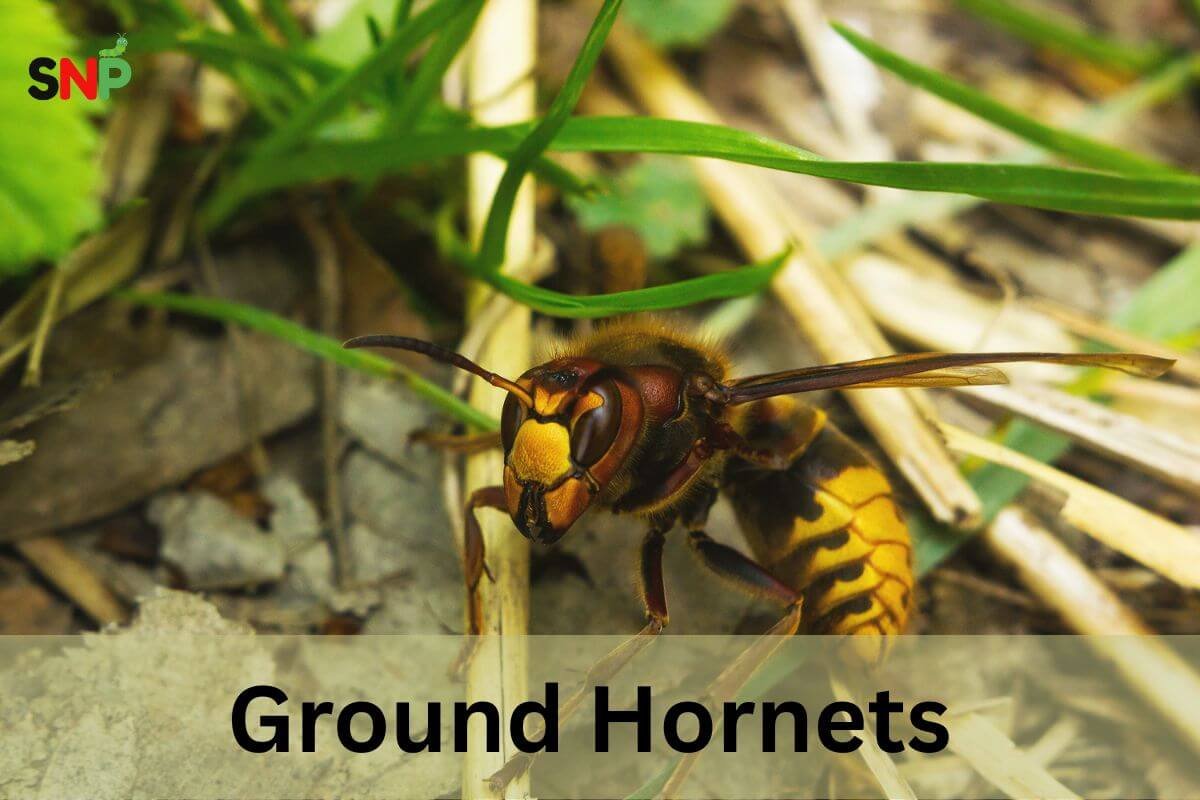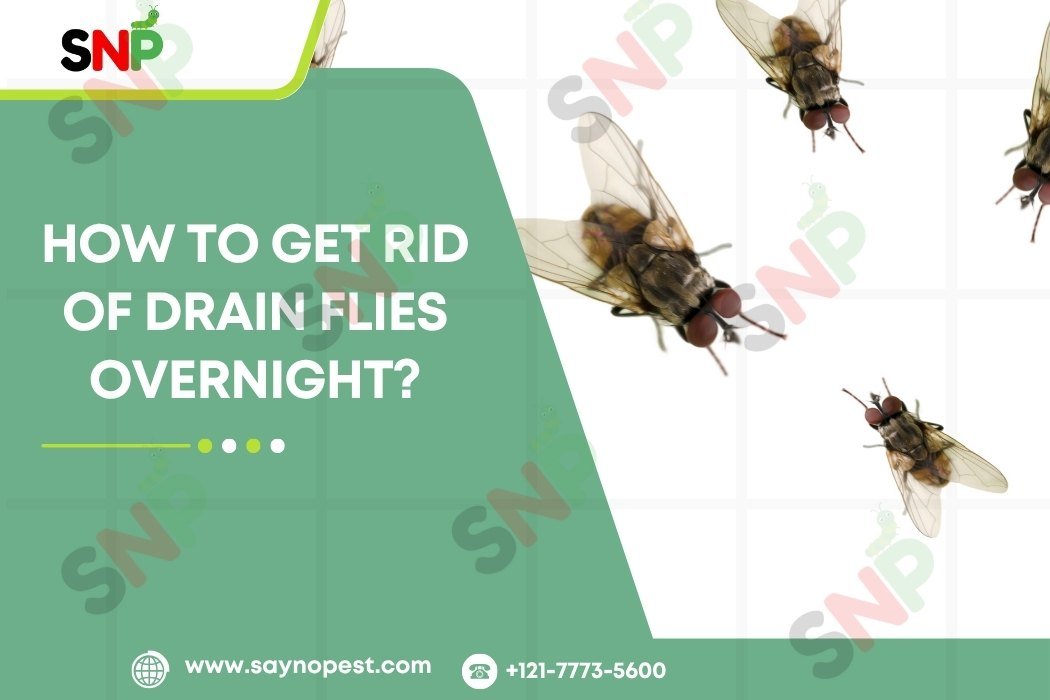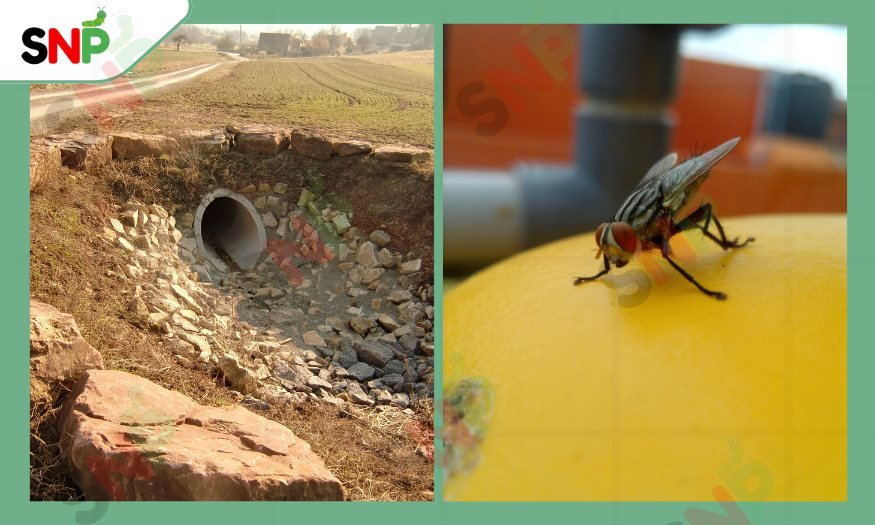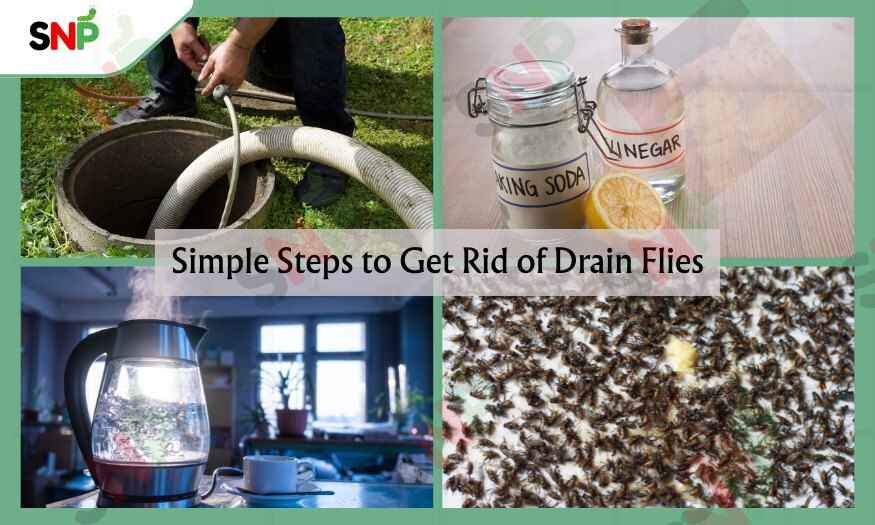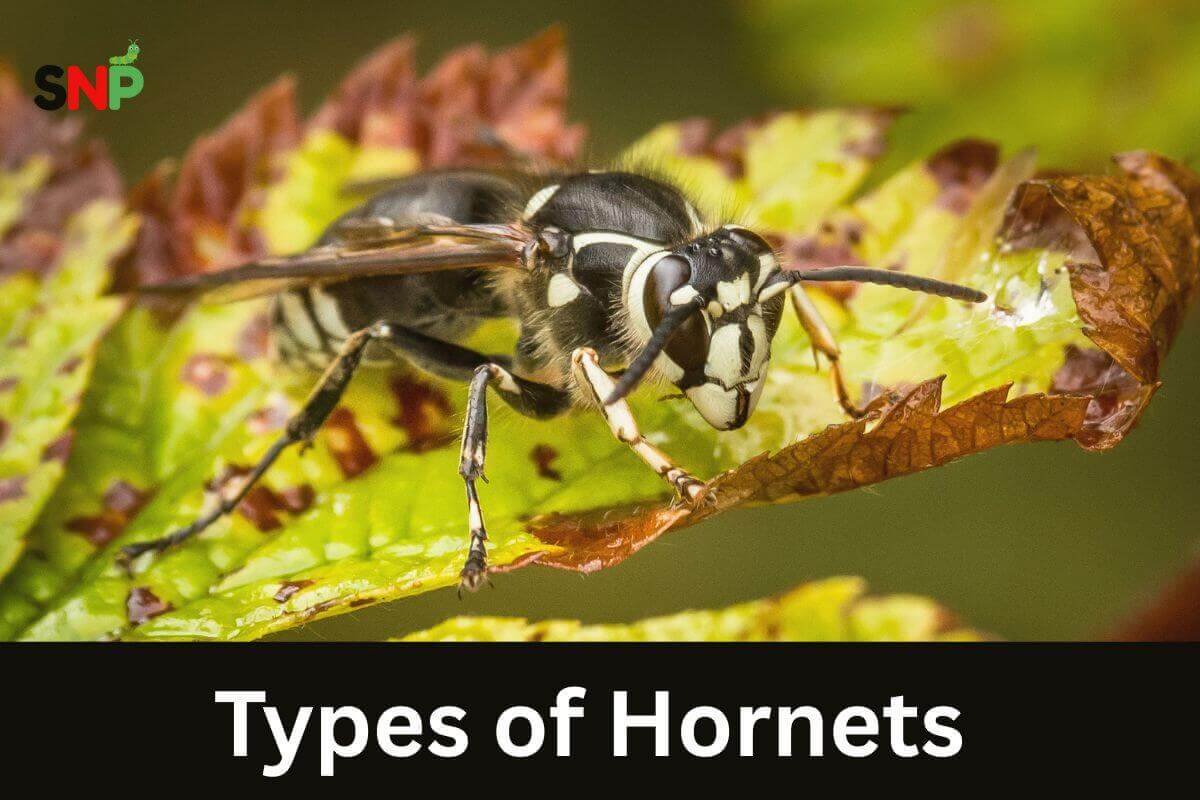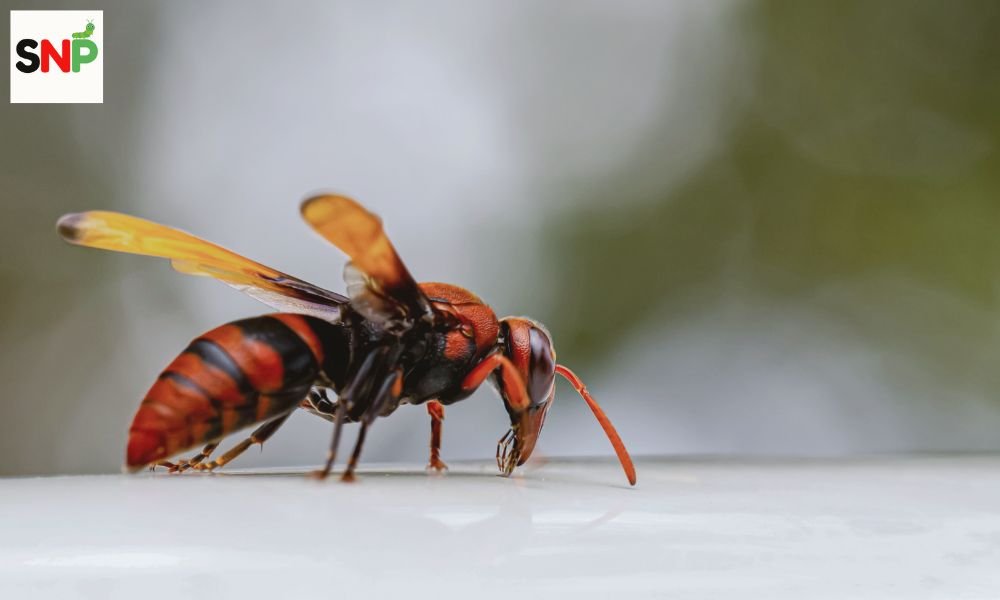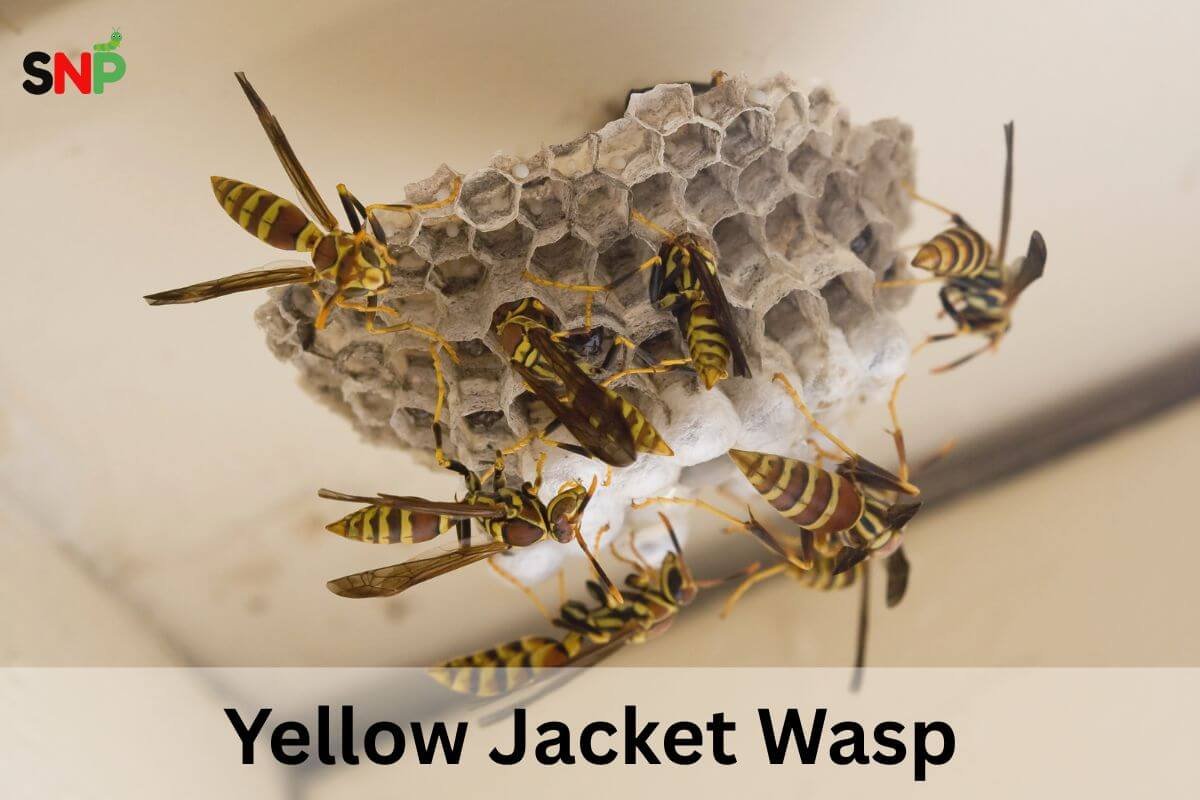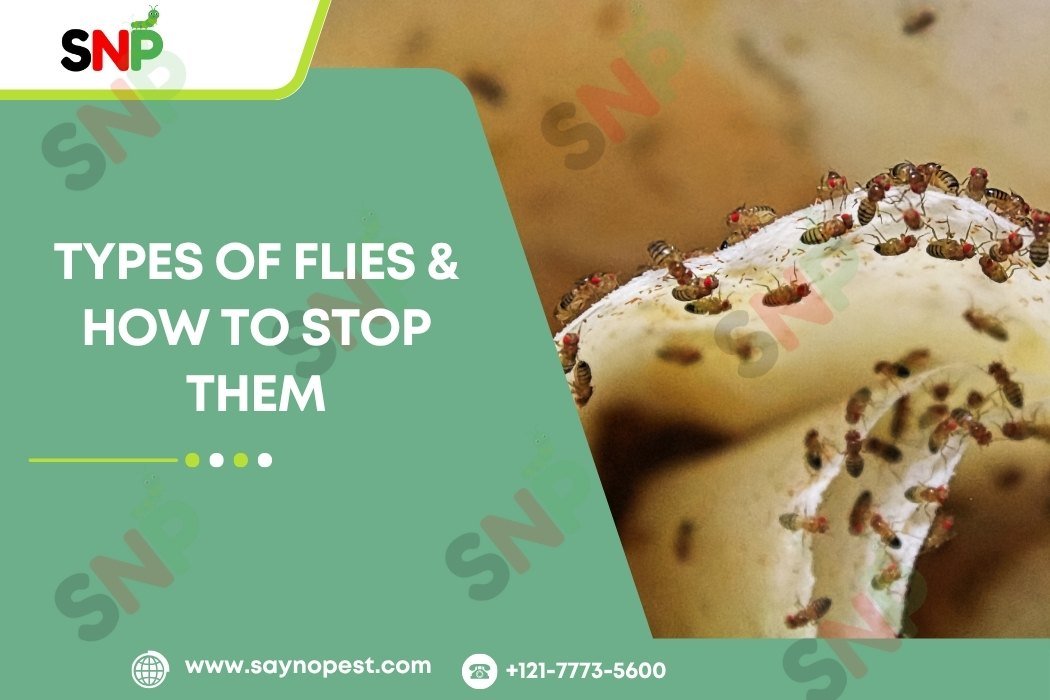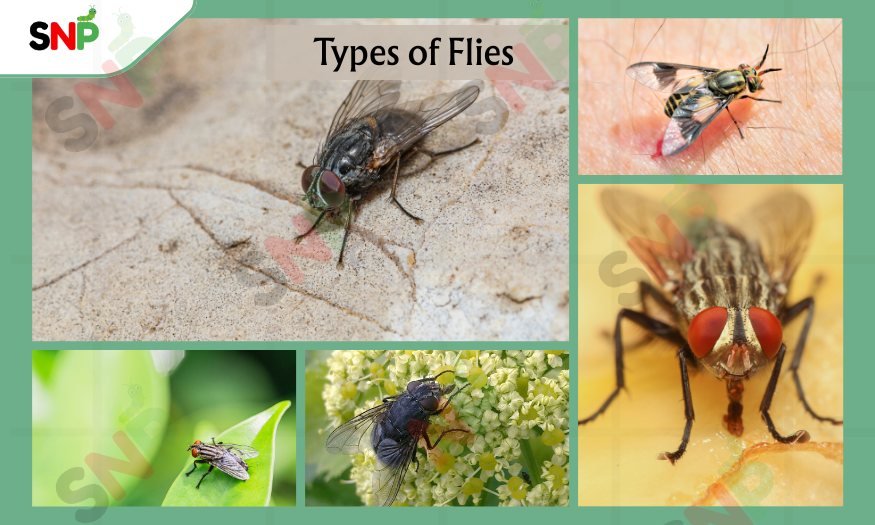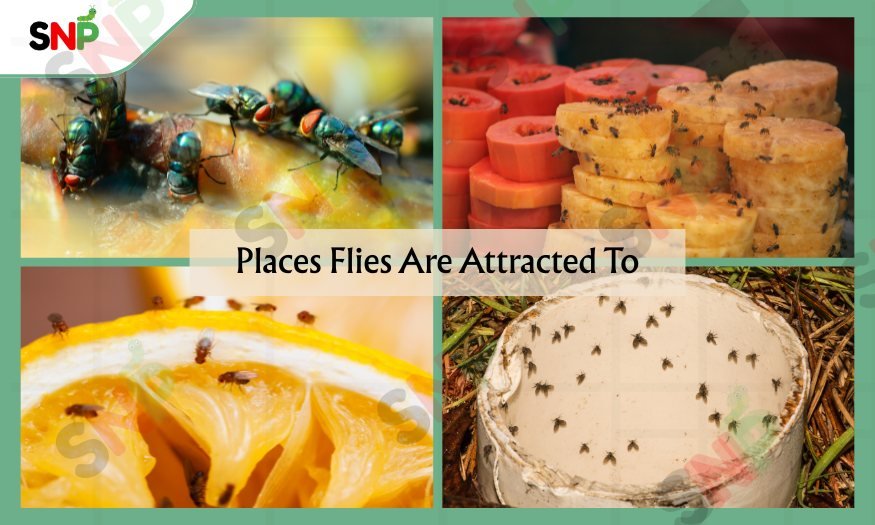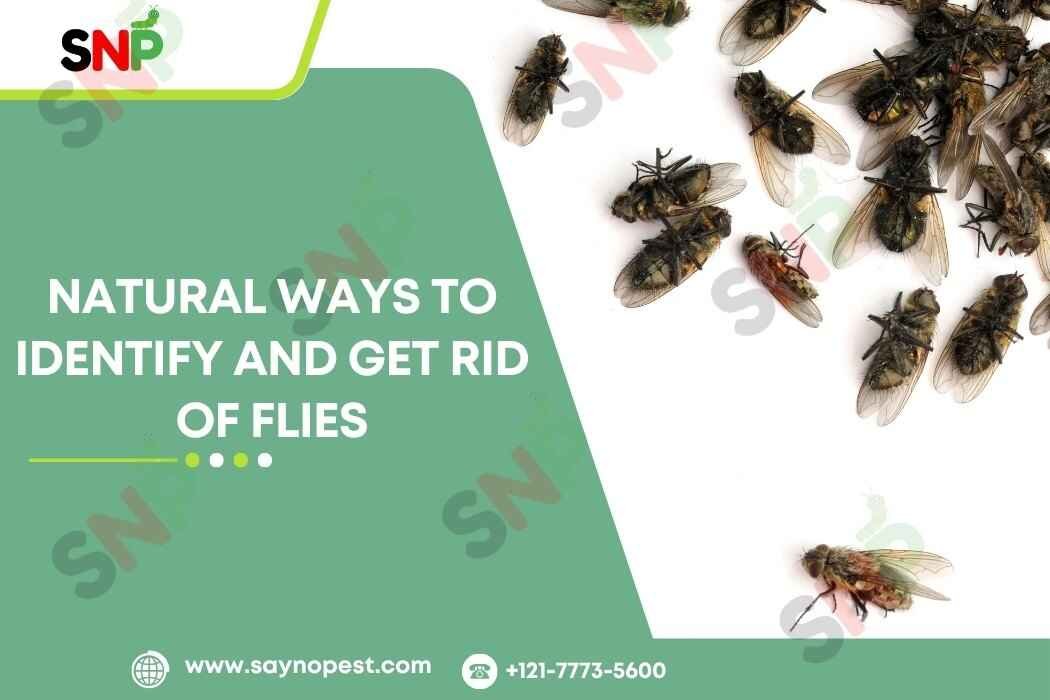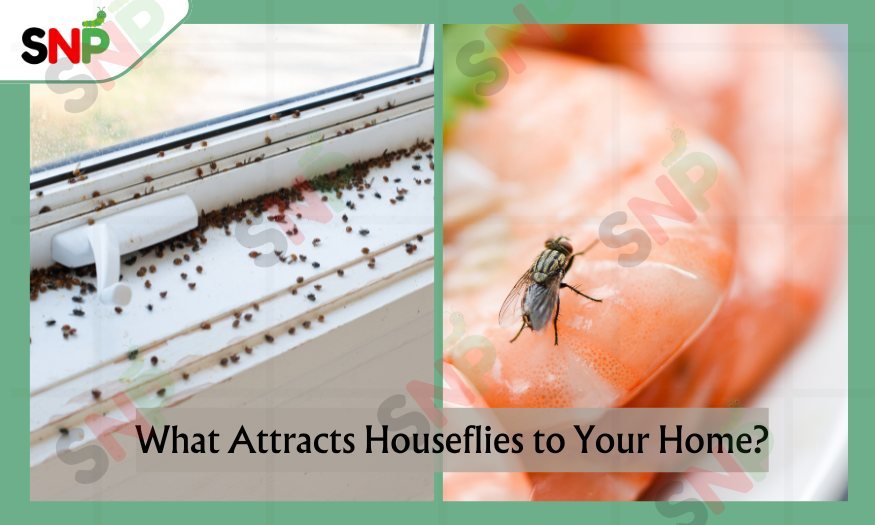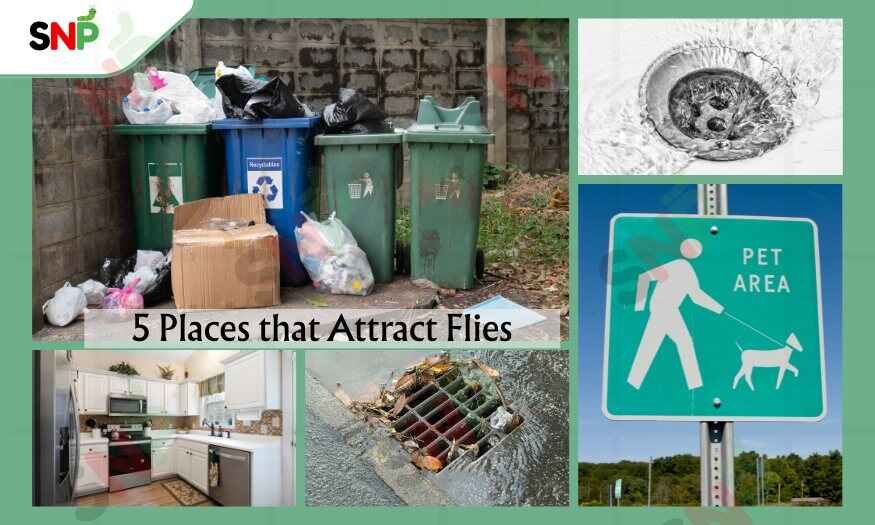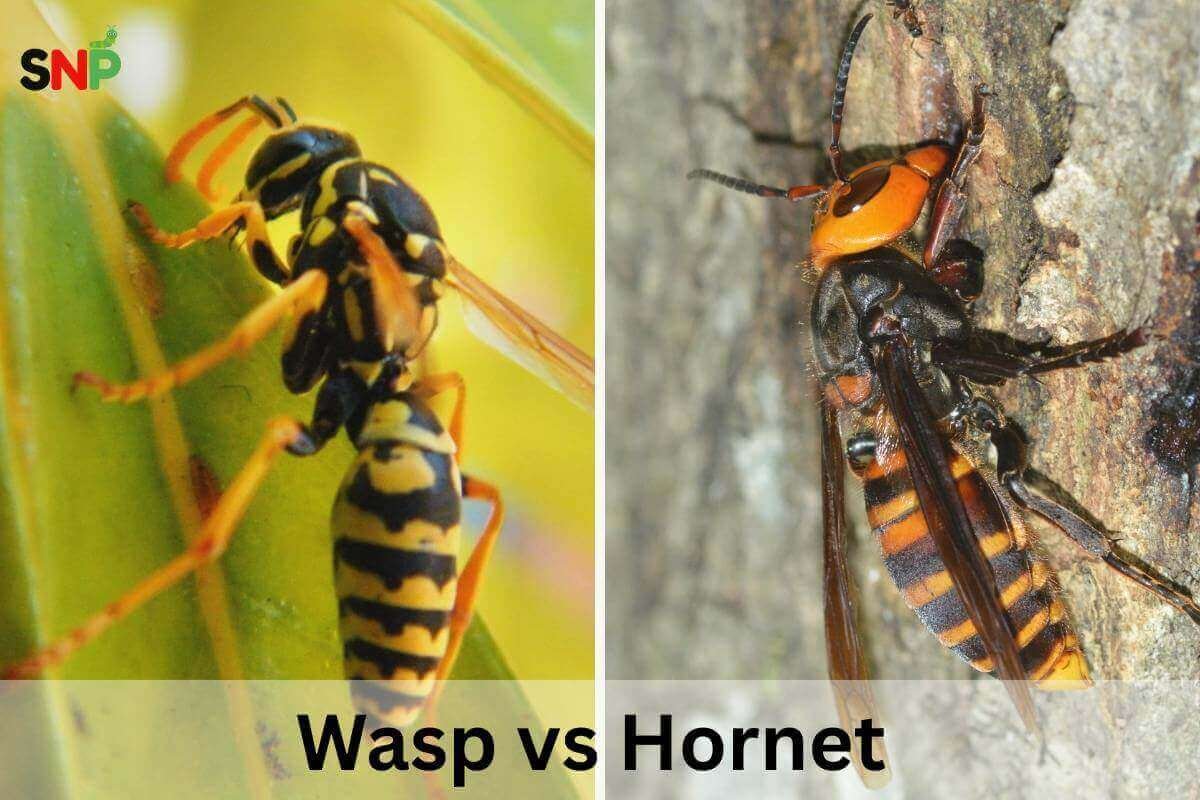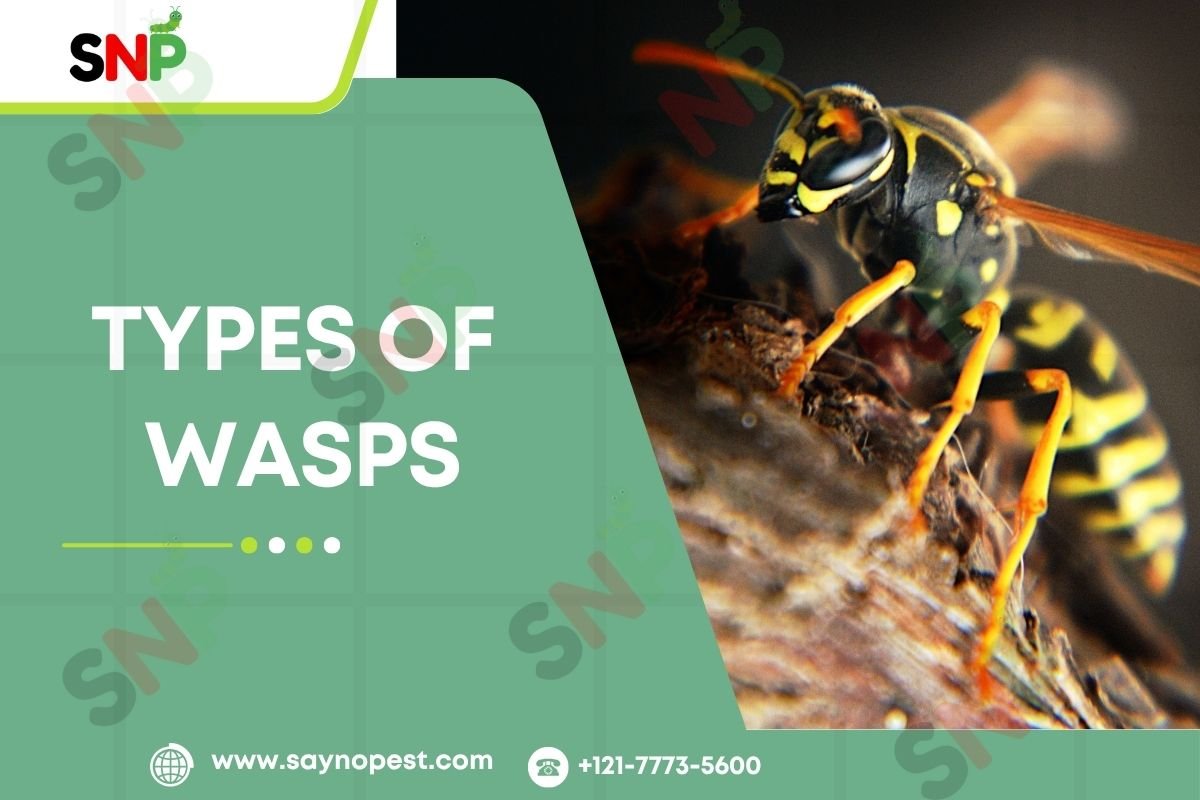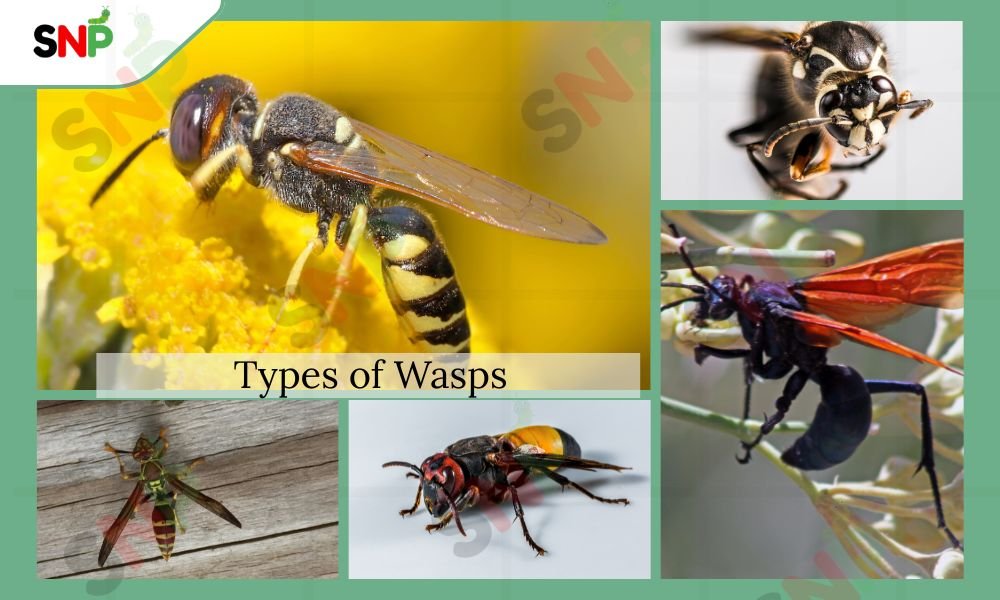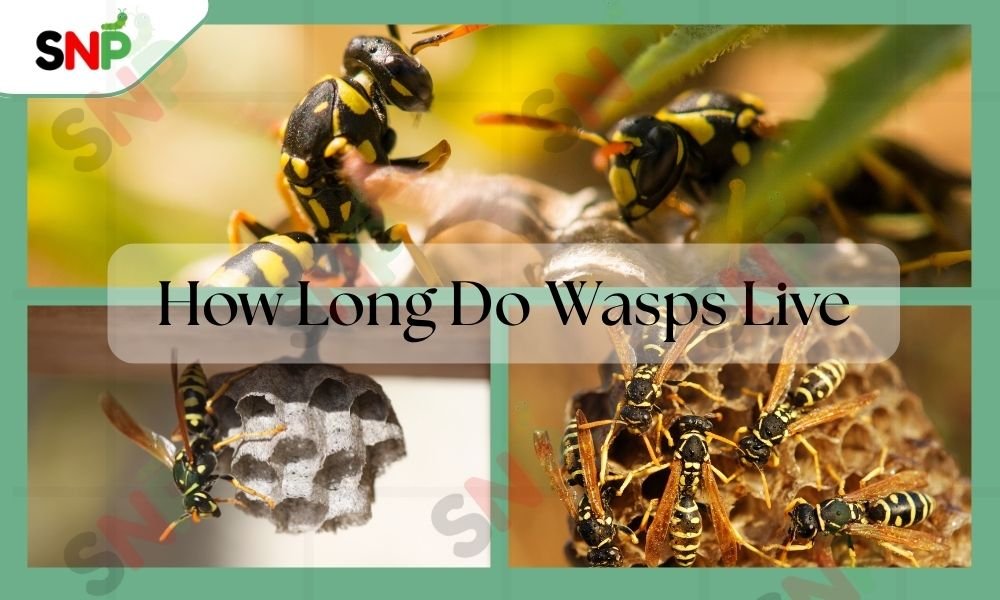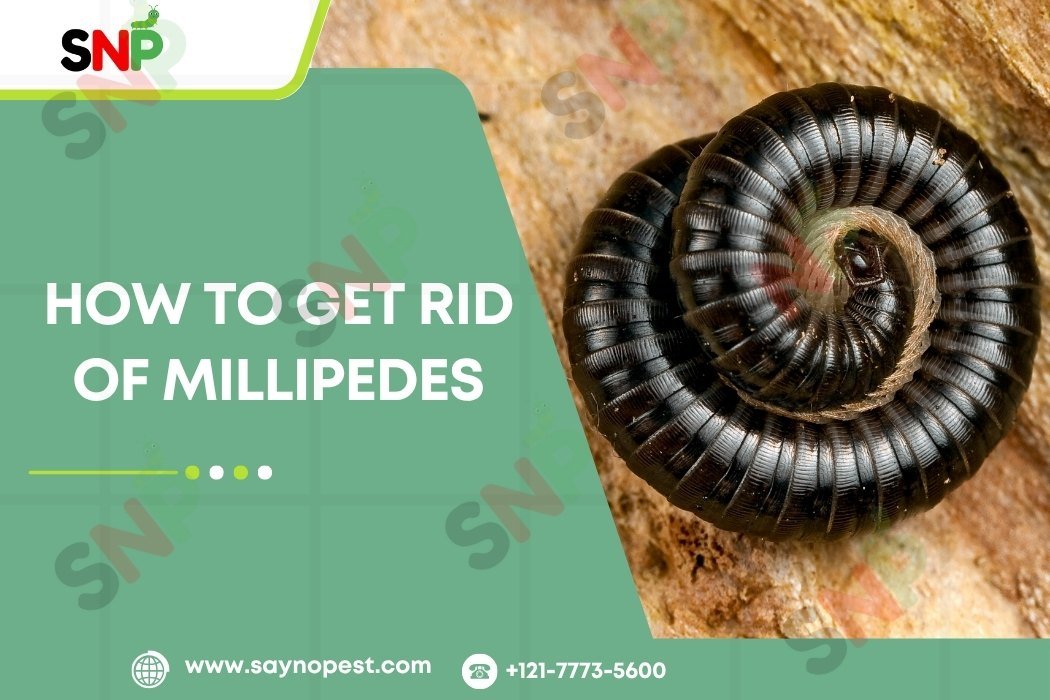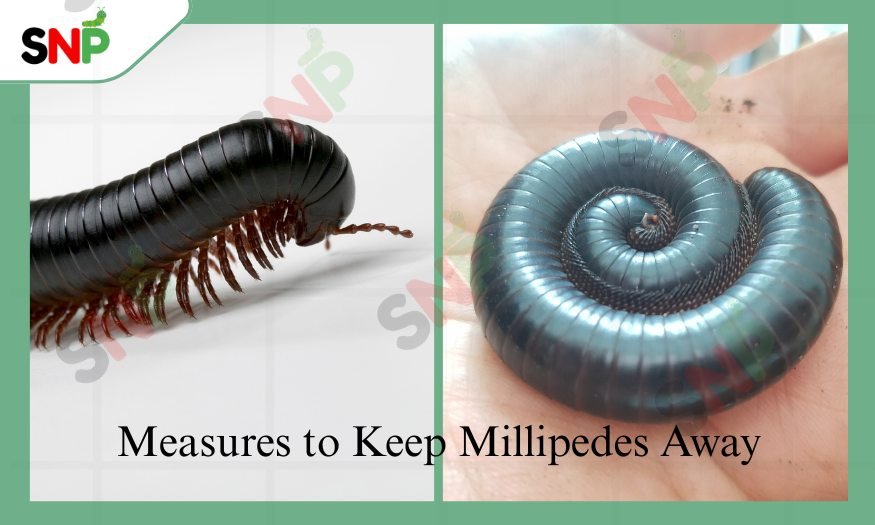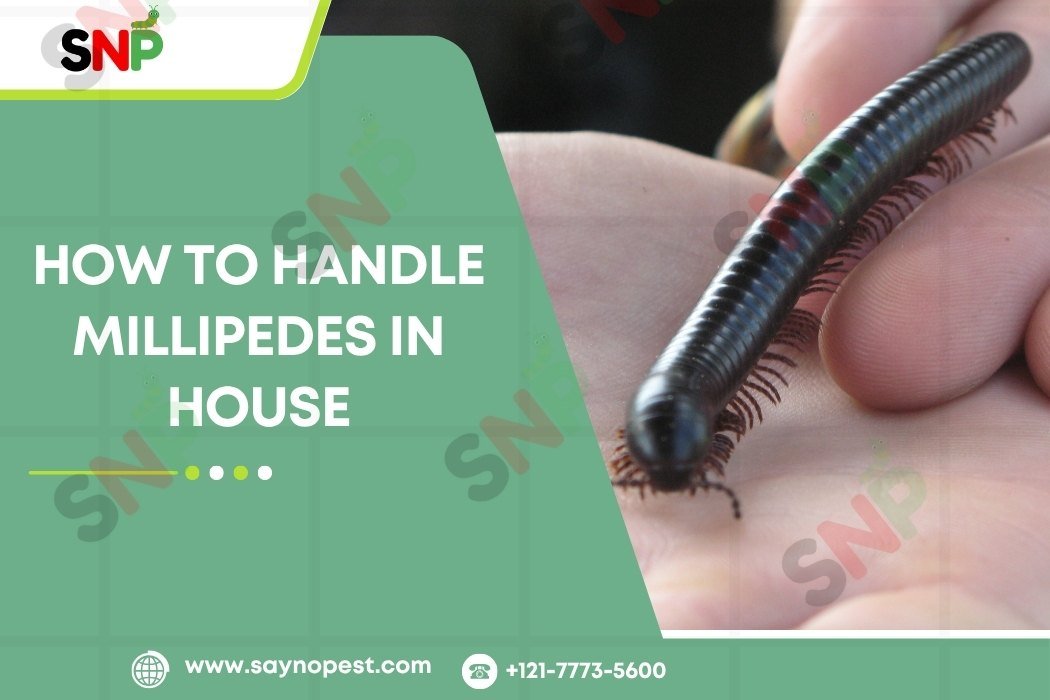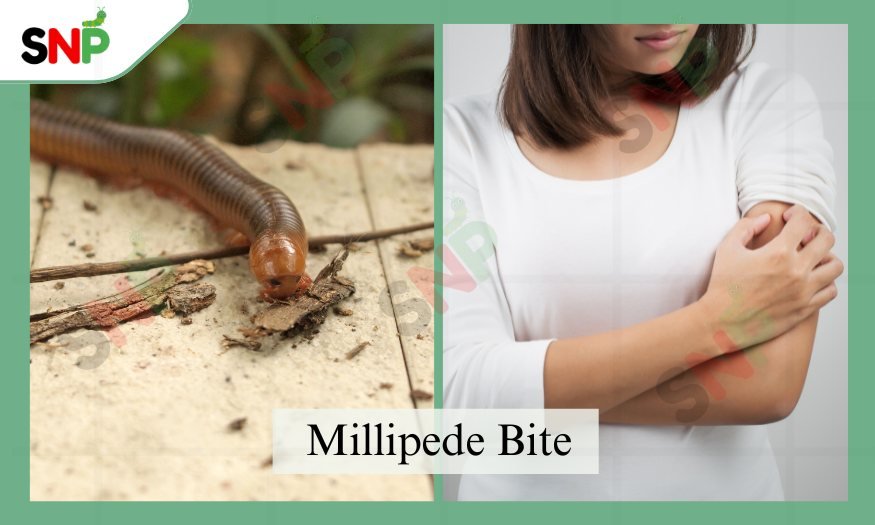Ground hornets, for many households in America, can be a scary nuisance because they dig their nests in the soil located in the homeowner’s yards. This kind of insect-related problem may be very dangerous for the residents. The guide below contains a description of the ground hornet, including the ways to recognize it, its habits, and effective ways to kill it.

What Does a Ground Hornet Look Like?
Basically, ground hornet is a collective name for a number of larger, ground-dwelling wasp species, with the cicada killer being the most widespread in the USA. These are really quite big wasps:
- Adult ground hornets are 1-2 inches in length
- They are mostly black in color but with some yellow markings
- They are like yellow jackets in appearance but are considerably larger than they are
- They have three pairs of yellowish legs extending from their bodies
- Some red comes with their wings; others are orange or brown in color
- Female ground hornets are very visible and are bigger than males
These features make the hornet bug easy to spot in the garden or yard. These large animals easily steal their food from other animals and passersby, so, the bright colors on them are warning colours, apart from the fact, that they are barely aggressive.
Ground Hornet Nests
Ground Hornet make a different and unique type of nest that will help you to understand their infestation and identification.
- Usually, underground tunnels not only descend about 10 inches but also move horizontally for about 18 inches.
- Tunnel openings are circular with a measure of approximately 1.5 inches.
- Distinctive U-shaped heaps of loose soil are a clear indication of the entrance to the nest.
- Ground hornets, unlike other species, will choose looser soils or sands with better sun exposure.
- A bed of flowers, a golf course, or along sidewalks or driveways are typical areas a hornet would pick out for nesting.
These subterranean habitats result in enormous, ugly dirt piles scattered all over your lands and might even dismantle constructions near the foundation or the walkways.
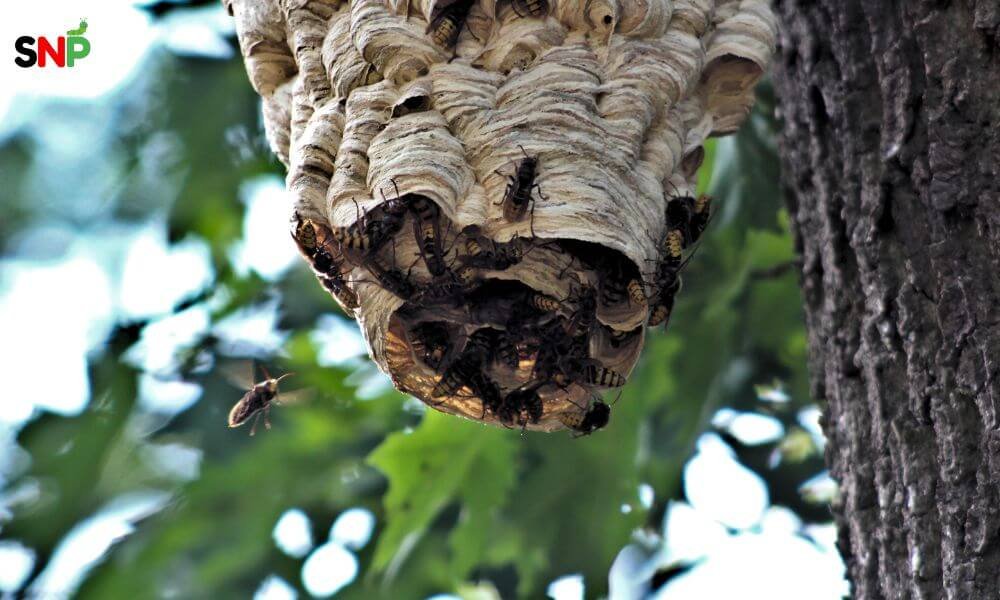
Ground Hornet Sting: What to Expect
Despite their frightening appearance, most ground hornets are far from being willing to sting unless extremely provoked. Cicada killers, especially, are unlikely to affect people unless, of course, they are irritated, disturbed, or perceived as a potential danger. Even so, it is very important to be aware of the potential hazards that can arise from a ground hornet sting:
- A ground hornet sting usually results in sudden pain, swelling, redness, and itching
- Only female ground hornets can sting; The non-stinger-bearing gender of these insects is the males
- The pain from a ground hornet sting is not usually as strong as when stung by other species of wasps
- Symptoms of a ground hornet sting don’t usually extend over a few hours
- More than one instance of a ground hornet sting can likely take place at a time because these insects do not lose their stingers
An allergic reaction due to the sting of the ground hornet in some people can be highly life-threatening, leading to rapid admission to a hospital to prevent the situation from worsening. Keep watching the signs, such as breathing difficulty, dizziness, or widespread hives, these are the sings of the stings.
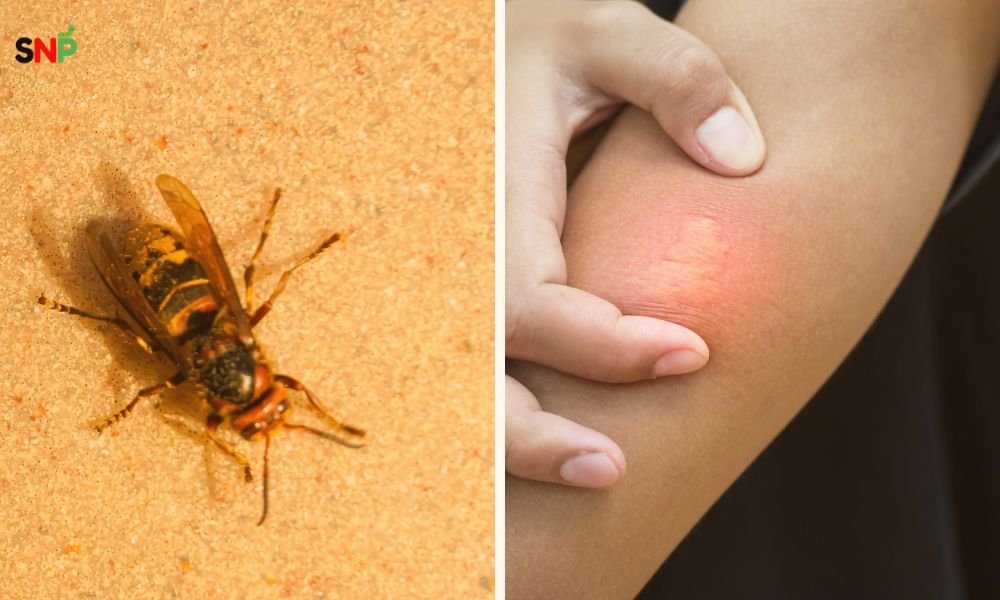
How to Get Rid of Ground Hornet
There are multiple efficient strategies available to manage ground hornets that have infested your property.
- You should treat these insects during night hours or below 55°F because the ground hornets become inactive in cold conditions.
- A shop vacuum can remove ground hornets by placing its intake near the nest entrance.
- A dish soap solution applied directly to the nest represents one of the best natural approaches how to get rid of ground hornet.
- A diatomaceous earth perimeter outside the entrance requires proper protective equipment for the respiratory system.
- A professional insecticide treatment with specific products should be selected for ground hornet control.
- When dealing with severe ground hornet infestations professional pest control specialists deliver the safest as well as optimal methods for removal.
Entire body protection is essential when attempting any self-performed method to deal with the problem of how to get rid of ground hornet.
Conclusion
The best information about ground hornets enables people to decide correctly how to get rid of ground hornet. Fast action for ground hornet removal plays a vital role in property protection because you can either handle the problem yourself or hire professionals. The elimination of cicada killers must proceed after proper identification because these insects serve to manage other pest species despite their aesthetics. Correct management techniques allow homeowners to control ground hornets, which leads to peaceful outdoor use of their properties.
